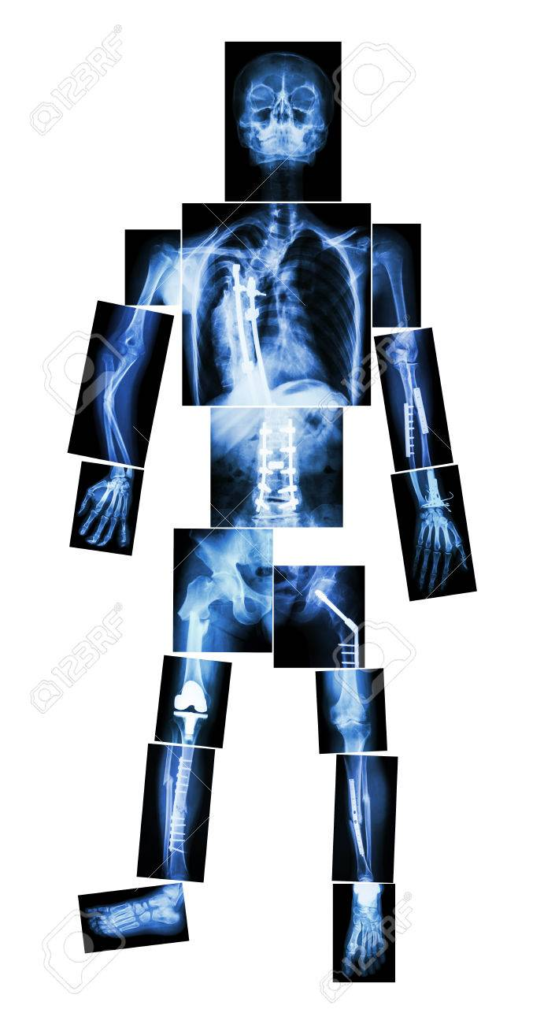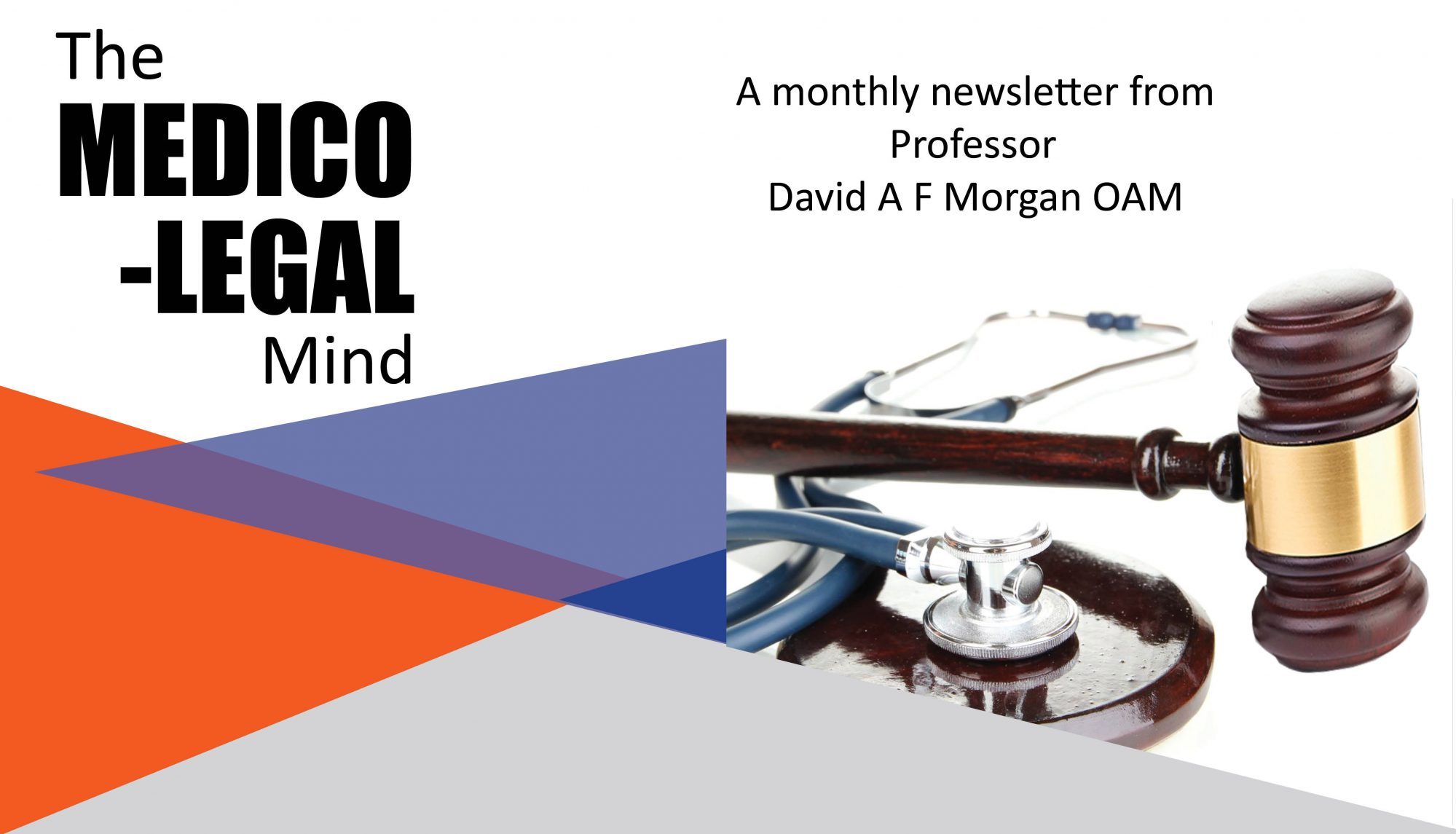LEAD ARTICLE – SEPTEMBER 2018
Keeping It Simple
I can imagine that litigation is complex enough. Having an expert further cloud the waters must border on the intolerable.

Even though some plaintiffs experience a constellation of complex, almost overwhelming injuries, it is possible to distil the outcome to a single simple essence. I see this as the key to professional medicolegal reporting.
I liken the analysis to a funnel. At the top of the funnel, the diameter is wide and all facets of the litigious event can be poured in at random. As the admixture moves down the funnel towards the apex, so can the matters be refined, summarised and collated.
By the time the report emanates through the narrow opening at the bottom of the funnel, all readers should be presented with a clear, concise and cogent report. All components of this complex formula should be combined to give a very clear analysis of causation, impairment, disability and future losses.
This clarity comes not only from the written word but also from a visual appreciation of how the report is presented.

It can be particularly tedious and tiresome to read a ten page typed report, single spaced, with no margins and no headings, let alone subheadings.
Whilst all of the relevant information may be contained therein, it is almost incapable of being extracted. Whatever is extracted is usually clouded in jargon, ambiguous in thought and bordering on the useless to anyone other than the writer.
It should be the aim of every medicolegal expert to keep it simple. Every factor, every facet and every nuance should be included in the final opinion but it should be crafted in such a way that all who are exposed to the process are left in no doubt about the effects of the incident on the plaintiff.

